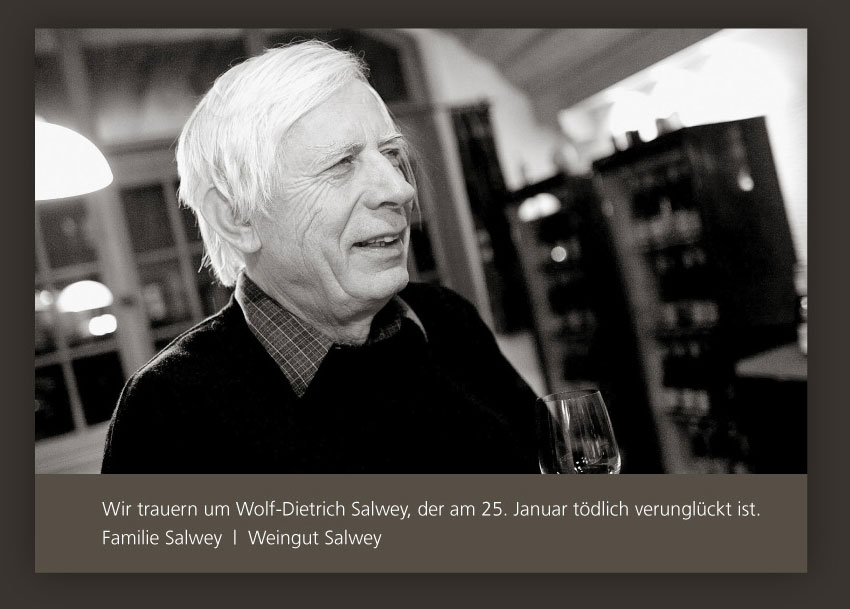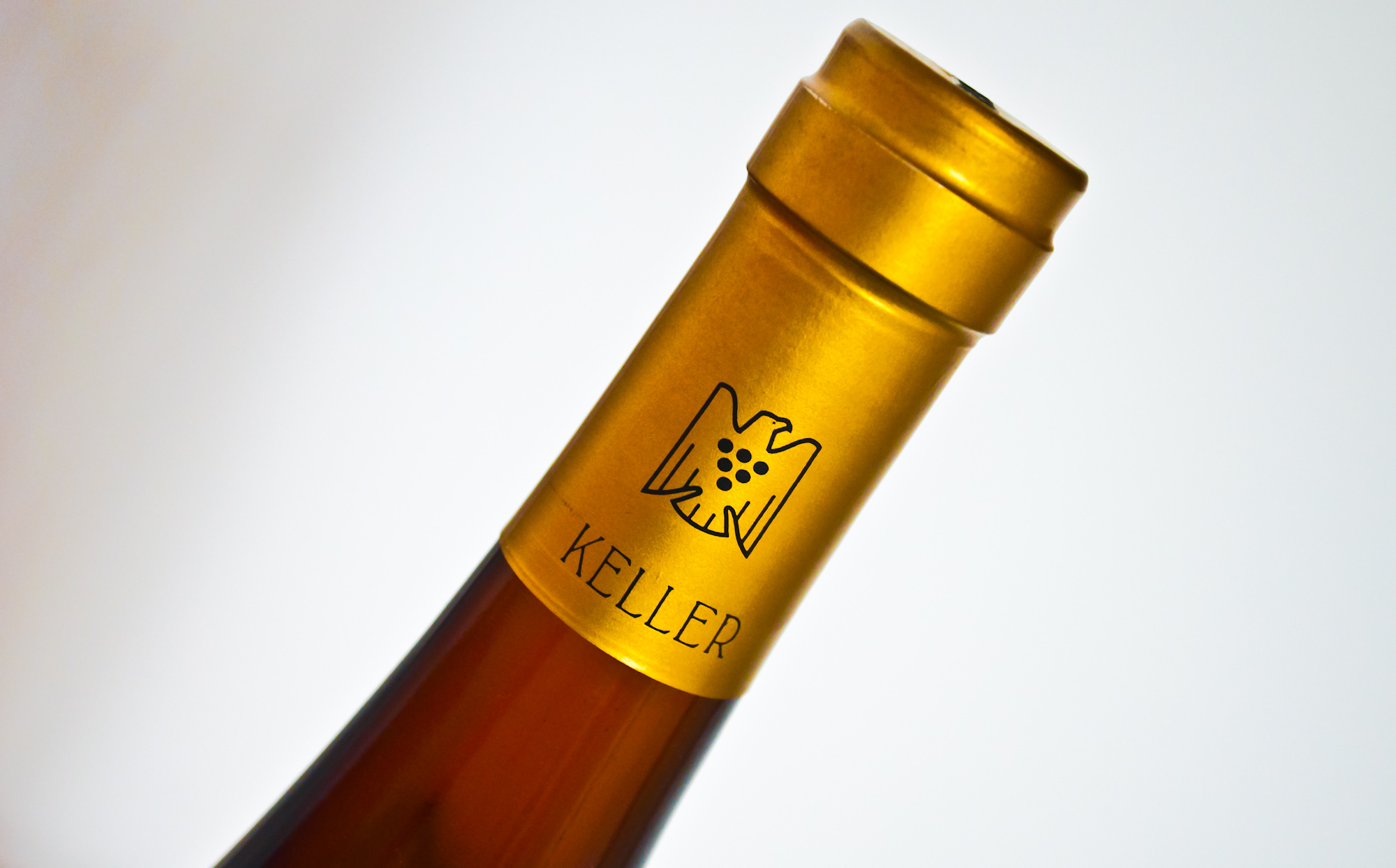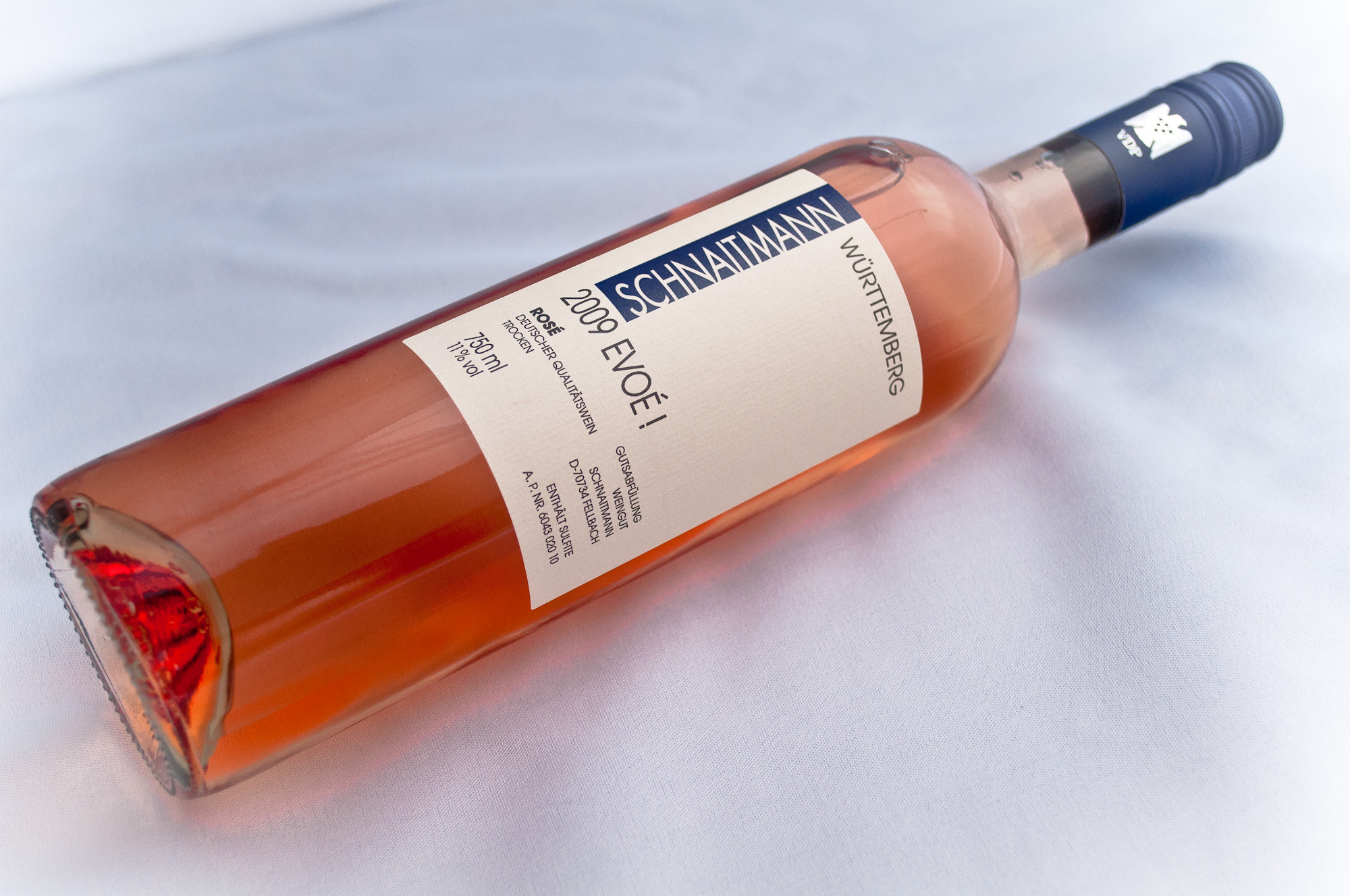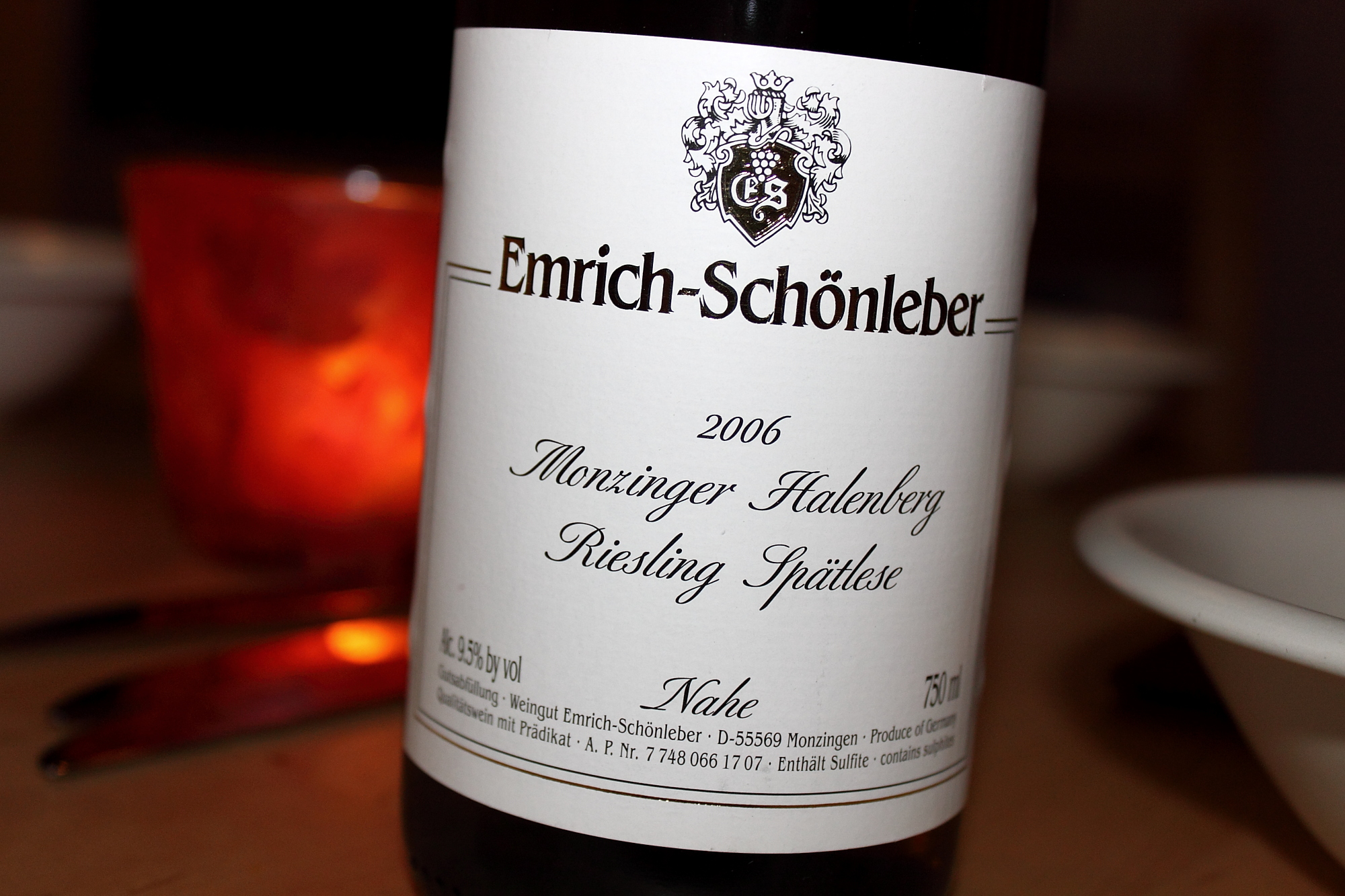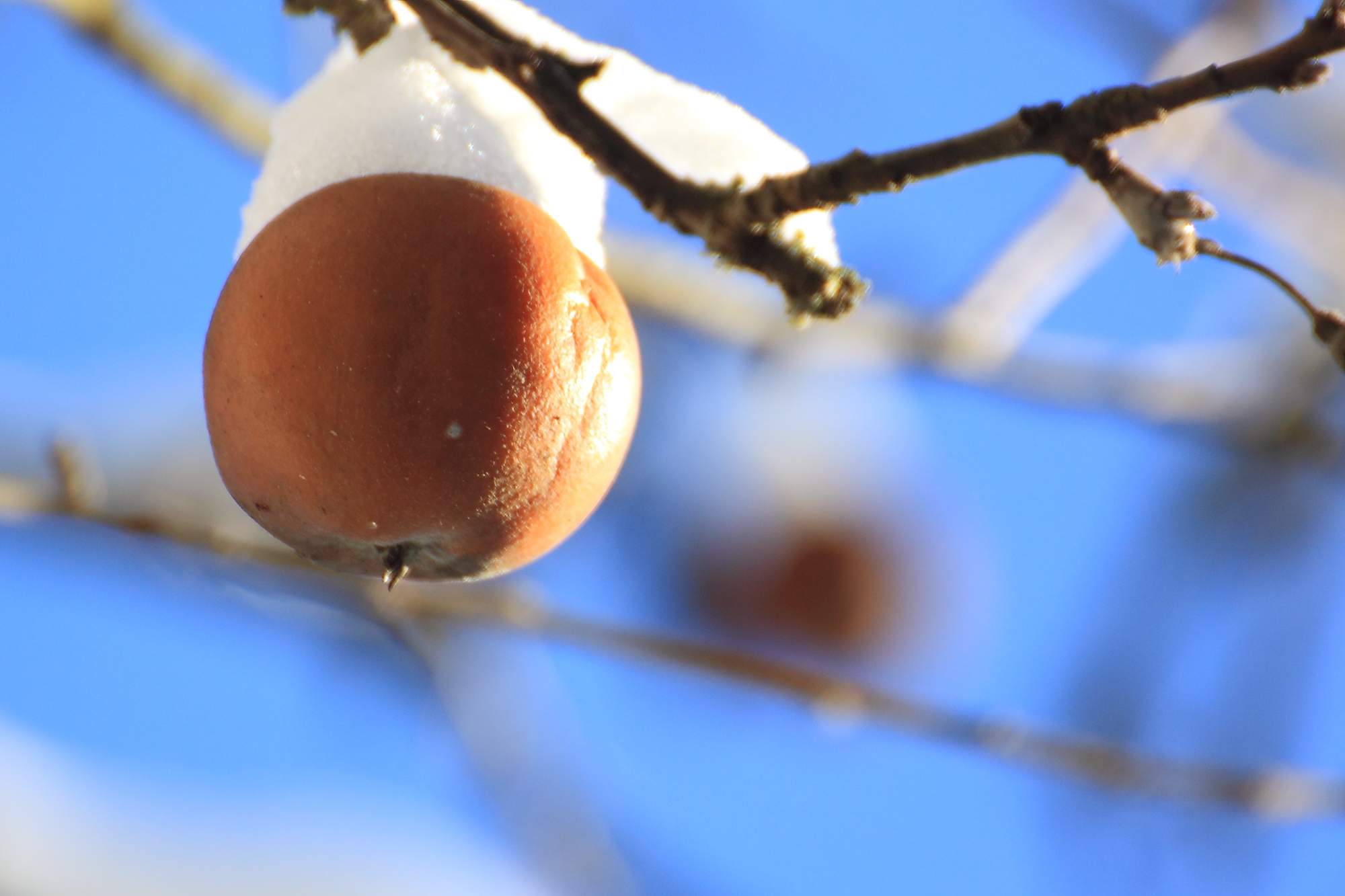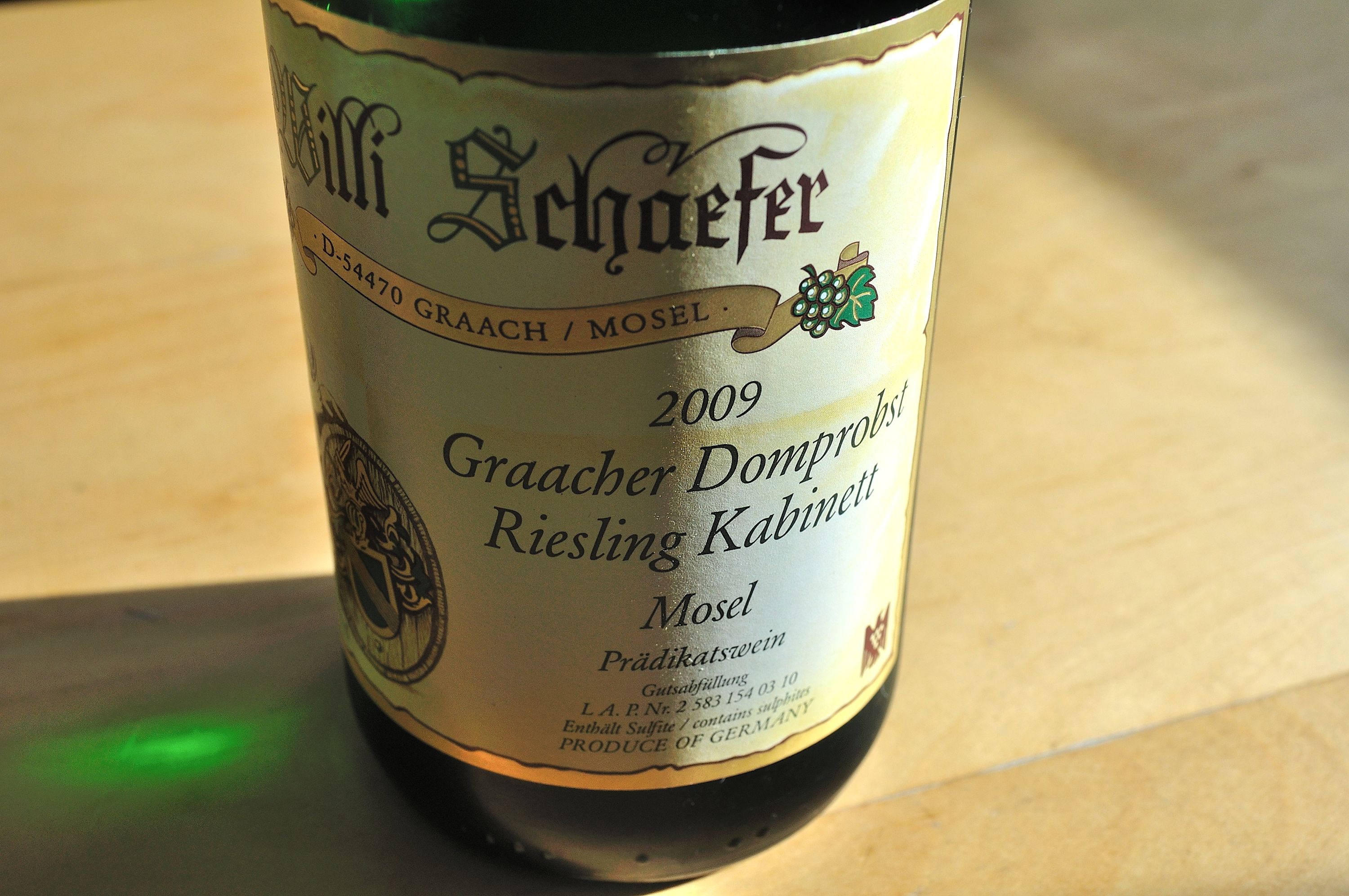It's been a while since we last talked Pinot Blanc. So gather round me, friends: Pinot Blancs's reputation is generally lacklustre. In Burgundy, it's rather like Stephen Baldwin to Chardonnay's Alec - the younger brother who doesn't quite have the talent and will always be outshone. Mostly though, it is because international drinkers get their Pinot Blanc bearings from Alsace and Northern Italy, where results are often very drinkable, but ultimately rather bland, that Pinot Blanc is still underrated. In Germany, though, where it makes for about 3.5% of vines planted, it can be granted great growth status when grown in the best vineyards, and can indeed turn out distinctive and quite majestic wines. When we last checked in with one of the country's very best Pinot Blanc producers, the Bercher family of Baden's Kaiserstuhl subregion, we were confronted with rather too majestic a specimen: The 2004 great growth dry Spätlese. Impressive for its power, but pulled out of balance by high alcohol content, was our verdict back then.
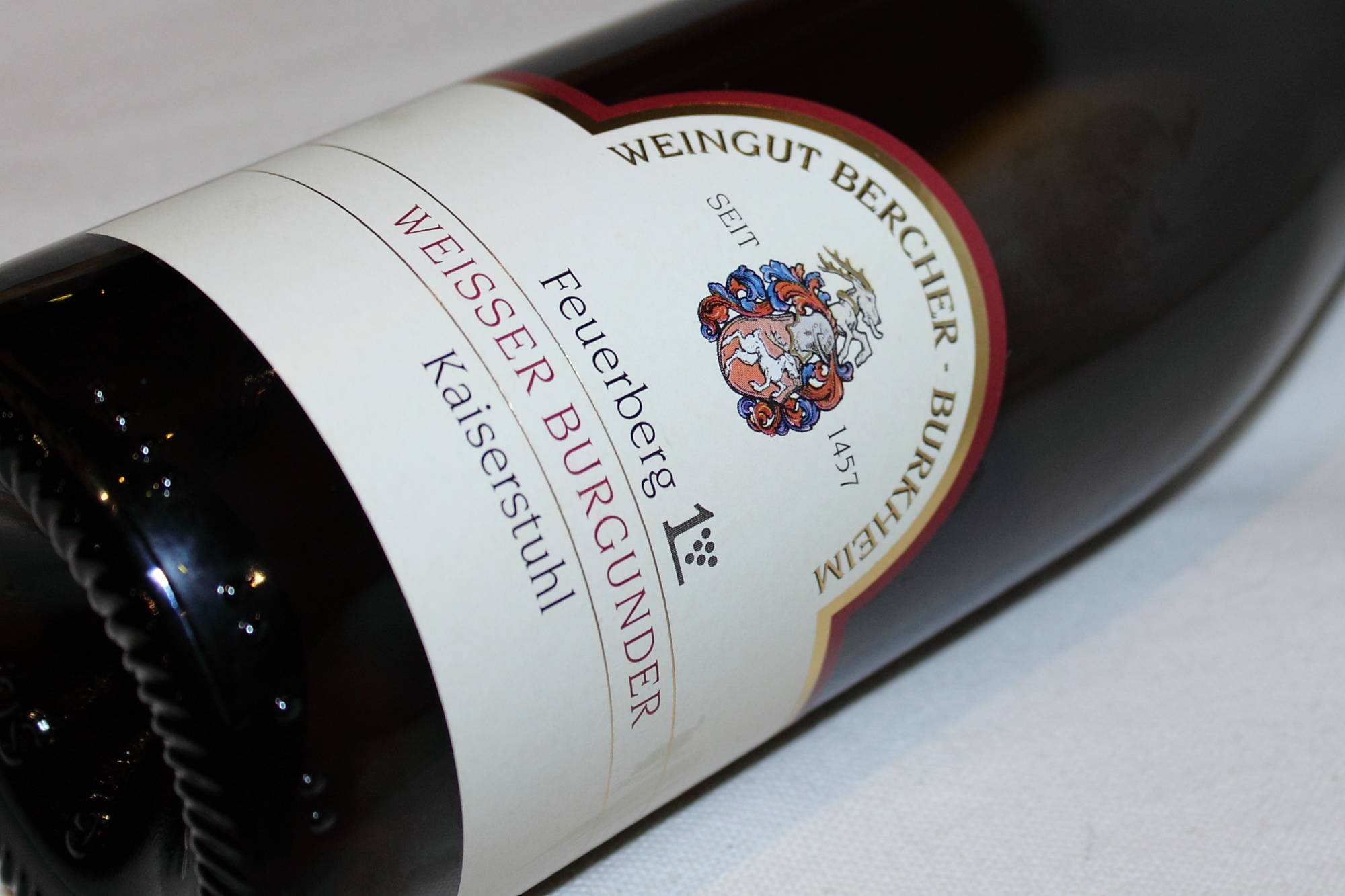
Well, I'm most happy to report back to you on a younger version of the same wine:
